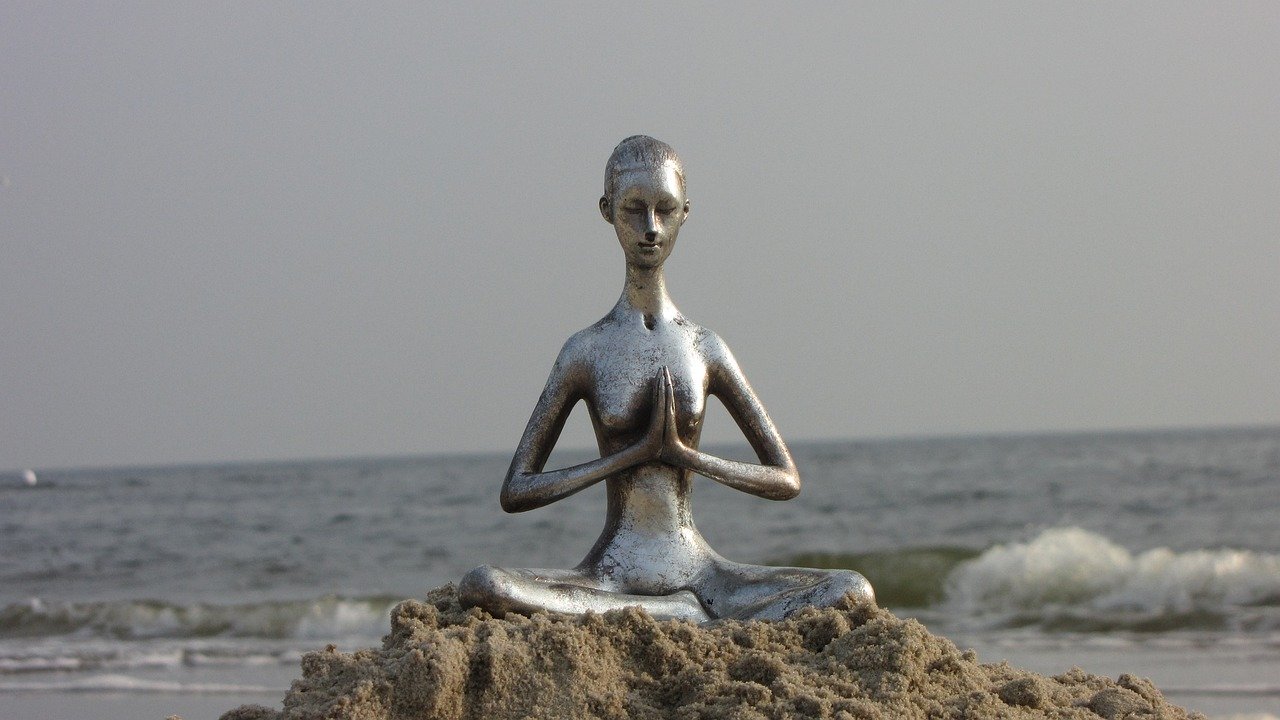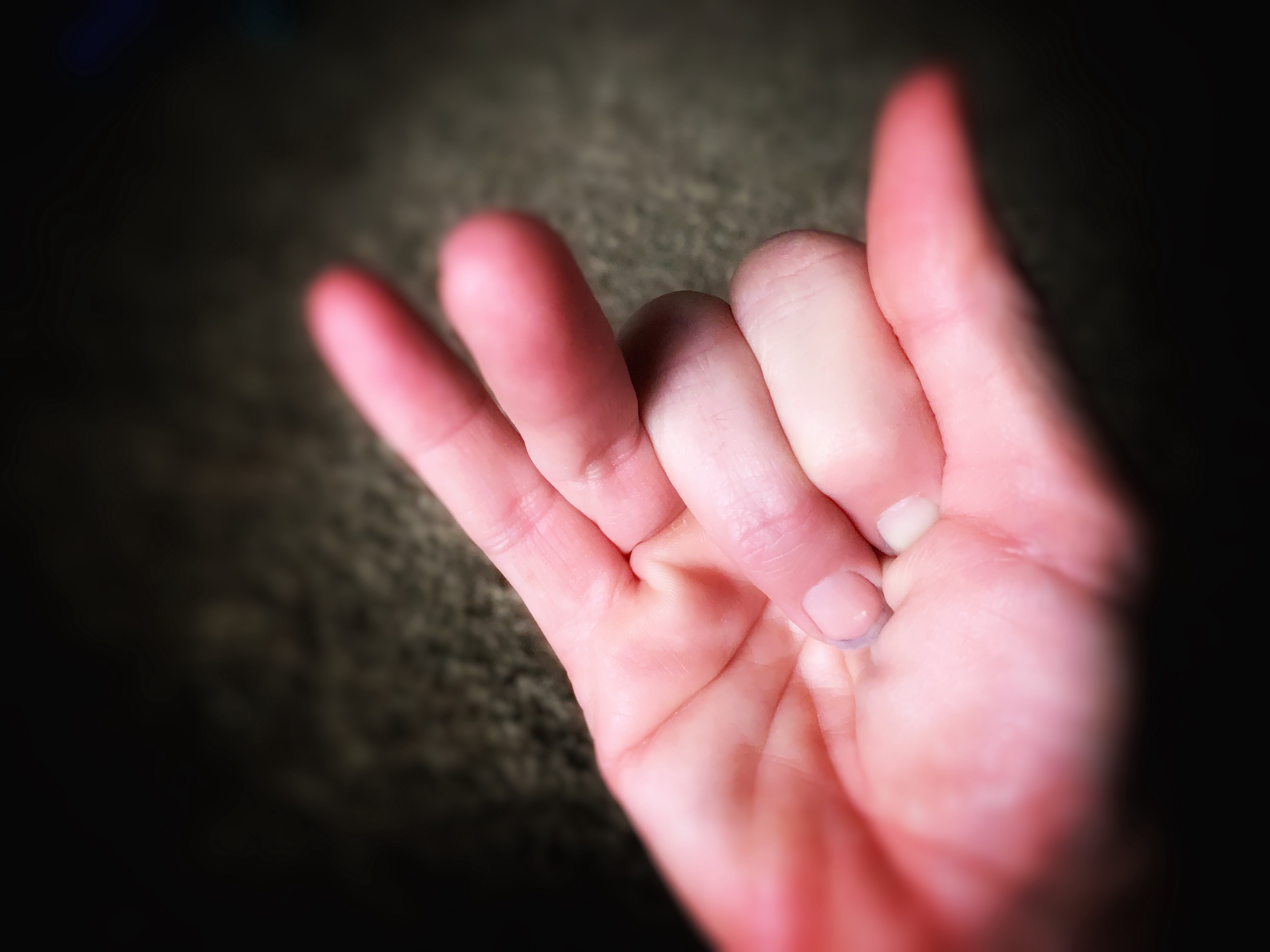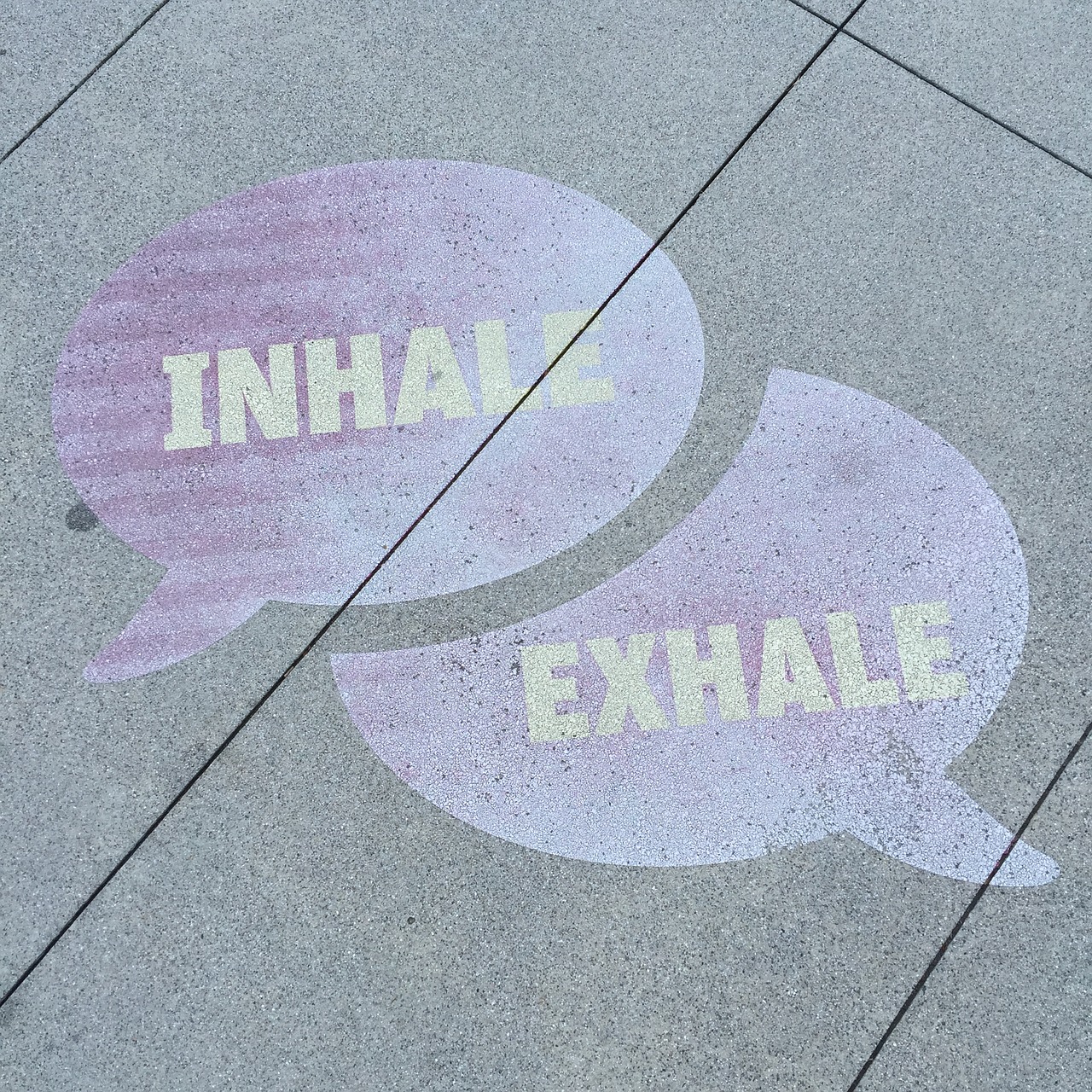One of my students must have noticed my inner tension in my last conversation with him. He later sent me a quick note:
Just breathe, Dr. Bradford.
I laughed somewhat, recognizing that the persona I adopt as a college professor is quite different from the persona I adopt as a certified yoga instructor. Because he knows that I practice and teach holistic wellness outside of academia, he will often send gentle reminders for me to live more like this at work. Oftentimes, I will indeed forget to breathe.
The state of the mind is reflected in how we breathe. During times of stress, notice that your breath is shallow or rapid. This is the body reacting to stress, so your sympathetic nervous system, the “fight or flight” mode, is activated. Our immune system is suppressed, and our reactivity is heightened.
On the other hand, when we are relaxed, our parasympathetic nervous system, or the “rest and digest” system, dominates. Although these divisions of the autonomic nervous system work independently of one another, their functions are quite opposite. Both are necessary to function in our daily life.
The yoga practice of pranayama, or breath control, can be used to engage the parasympathetic nervous system. Research has found that breath practices improve cognitive function, reduce stress, and enhance mood.

Certain breath practices are either stimulating (brahmana) or calming (langhana). I will focus on three breath practices that can bring calm or help balance your energy.
Ocean’s breath (ujjayi)
If you’ve ever attended a yoga class at a studio, more than likely you’re familiar with ujjayi pranayama. It is used as a monitor of stress during a vinyasa practice. If you struggle with ujjayi, then you might be working too hard in the asana practice.
It is also used in meditation to calm the mind and body. Because this breath practice makes a subtle sound, we can tune our mind to the sound itself as a means of slowing down our thoughts.
This breath practice can be done seated, lying down, or even standing. In fact, while I’m waiting in a long line of traffic, I will practice this breath to calm me.
The muscles we use to whisper are the same as this breath practice, so if your throat is sore, be sure to keep this soft. To get an idea of how this works, place your hand a few inches in front of your mouth and breathe like you’re fogging a mirror or cleaning your eyeglasses.
Practice this a few times, then close your mouth. You should still hear the subtle whisper within. Now breathe in with the same, slight constriction of your throat. A video demonstration of this breath can be seen here.
According to yoga therapist Joseph Le Page, the sound itself should be audible only to you to avoid excessive wear on the muscles of the throat. The volume of this breath doesn’t provide more benefit.
This is also known as “ocean’s breath,” and I will often visualize the ebb and flow of the tide with each inhale and exhale. You’ll find it to be calming and centering.
Three-part breath (dirgha)
Many of us, under stress, find a rapid, shallow breath pattern in our mid-chest, near our sternum. Breathing like this is heating to our nervous system. This breath teaches us to engage three parts of our lungs — hence the term “three part breath.”
You can do this practice lying on your back, especially if you are new to a breathing practice. Here’s a video explanation of the practice, but I’ll isolate each part so you can get a feel for each.
The diaphragm
Begin by breathing deep into the lungs, allowing the diaphragm to push the belly out. You can even try placing your hand on your abdomen to feel your diaphragm push the organs of the abdomen out of the way. This engages the parasympathetic nervous system, which will relax us.
After a full belly inhale, feeling the expansion of the abdomen, let go and exhale, noticing the abdomen contracting. If you are lying on the floor, allow the abdomen to sink towards the floor with gravity.
Thoracic cavity
Place your hands on your lower ribs. Inhale slowly, feeling the lungs expand and the ribs lifting and opening. Breathing into this area helps the kidney and adrenal glands.
Clavicle and sternum
With your thumbs underneath your armpits, place your fingers across your upper chest, with fingertips nearly touching. Inhale into this upper chest area, feeling the collarbones and sternum rise as your fingers spread apart.
Now let’s pull all of that together.
Inhale deep into the belly, feeling the abdomen expand out, then into the thoracic cavity, feeling the ribs open, and finally into the collarbones and sternum. Now reverse with the exhale, first the upper chest, then mid-chest, then abdomen.
This is a cooling breath altogether, so if you’re needing more energy, you might opt for a more energizing breath, such as “breath of fire.”
Alternate nostril breathing (nadi shodhana)
This is a balancing breath that balances the parasympathetic and sympathetic nervous system. Yoga practitioners identify 72,000 nadis, or energy channels, in the body. Three of these nadis — ida, pingala, and sushumna — are considered fundamental nadis. The energy channel on the left side of the body, the ida nadi, refers to feminine or cooling qualities. The right side, the pingala nadi, represents masculine or heating energy. It’s important to bring these two channels into balance.
This breath is optimally done seated, either on the floor or on a chair. Be sure to blow your nose, or it might be a little difficult. I use a neti pot to clear out my sinuses before this practice. If you have a cold or your nasal passages are blocked, choose one of the previous breath practices until you are less congested.
With nadi shodhana, keep the inhales and exhales approximately equal length — don’t worry about retention of the breath or the bandhas at this point. Typically during nadi shodhana, the exhale is longer than the inhale.
With the right hand, close the index and the middle finger into your palm. You’ll notice the ring finger also begins to bend.

Bring your ring finger and your thumb to either side of your nose, just below the bony cartilage.
Exhale completely, then lightly close off your right nostril and breathe through your left nostril. Close both nostrils for a brief moment, then exhale through the right nostril, closing off the left nostril with your ring finger.
Keeping the left nostril closed, inhale through the right, then close off both nostrils, then exhale through the left. In short, it’s inhale left, exhale right, inhale right, exhale left — that’s one round. Repeat at least twelve rounds. An instructional video can be found here.
Continuing your breath practice
At first, it’s important to notice the breath, recognizing the length and depth of your inhales and exhales. Note this at the beginning of each session, and see if your breath changes at the end. Don’t strive to change its length — just observe and take note. The breath is never really forced — allow your breath to gently expand in its own proper time.
Over time, you might notice the length of your inhales and exhales expanding. This might be beneficial, but the key is finding balance. In B.K.S. Iyengar’s book, “Light on Yoga,” a breath practice over time will change our outlook in life, reduce your cravings, and temper your distracted mind. Ultimately, it helps integrate mind, body and spirit.
Sometimes when life gets overwhelming for me, it takes a reminder from a student that relief can be just a breath away.
This article was previously published on Medium.com


